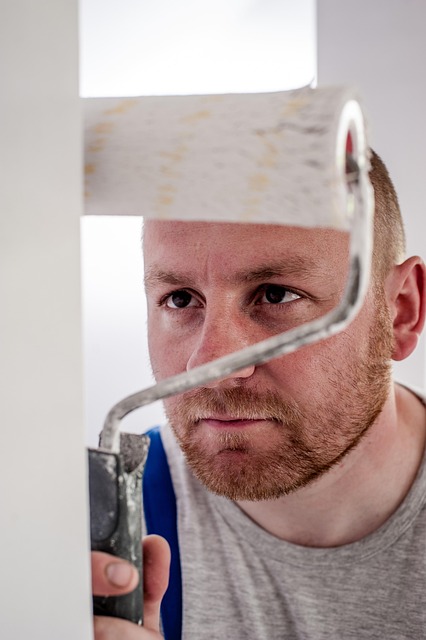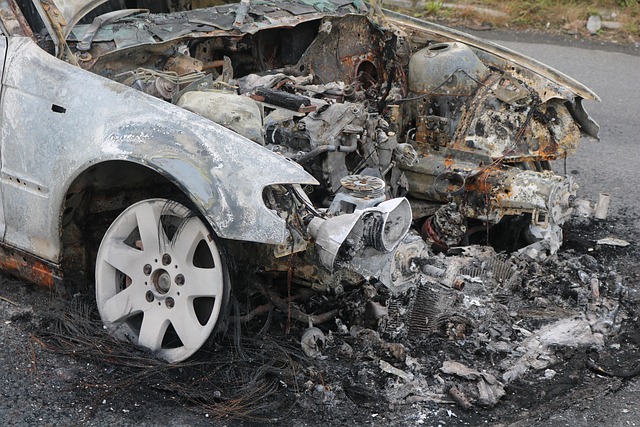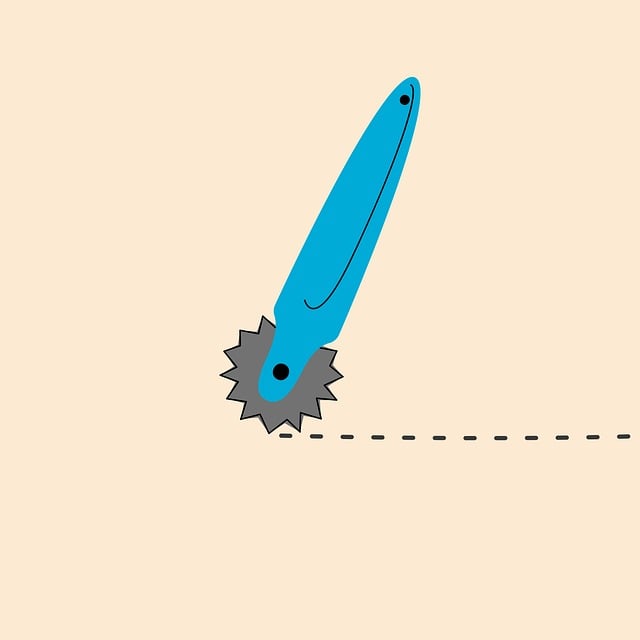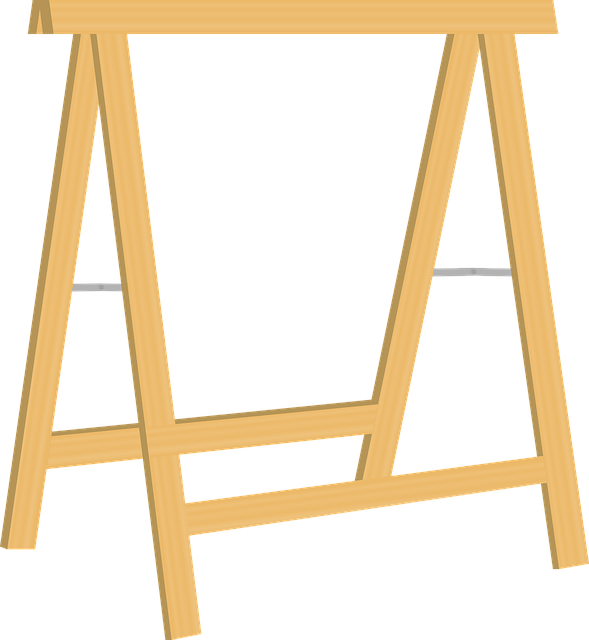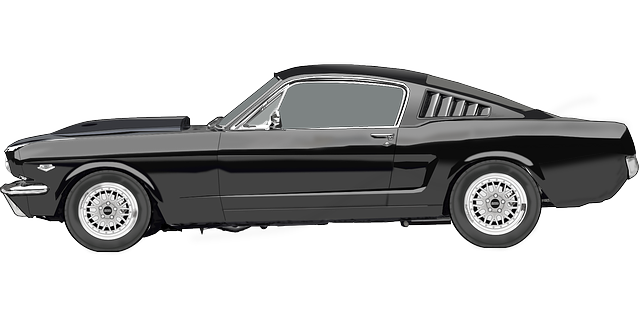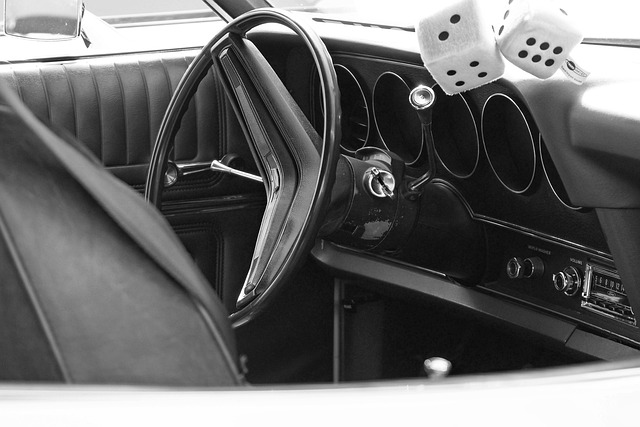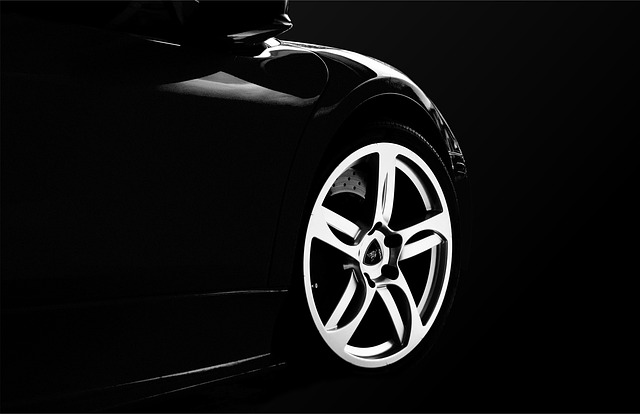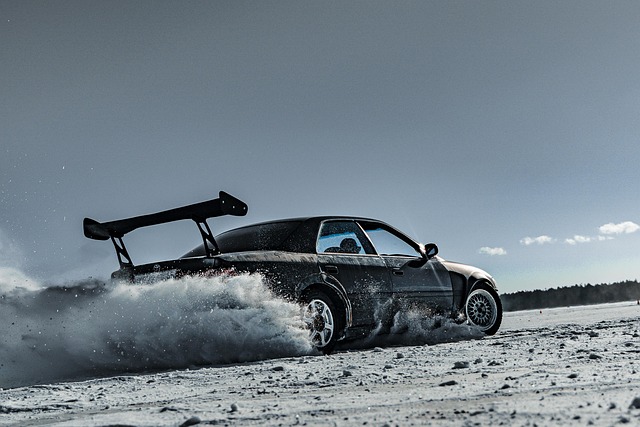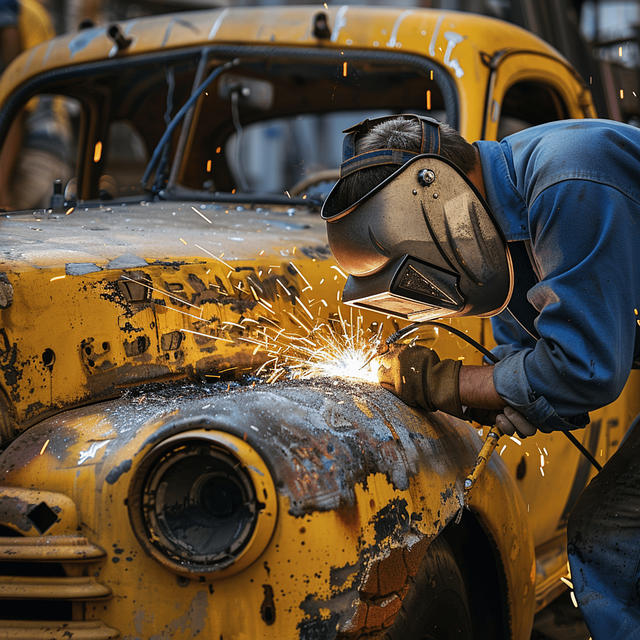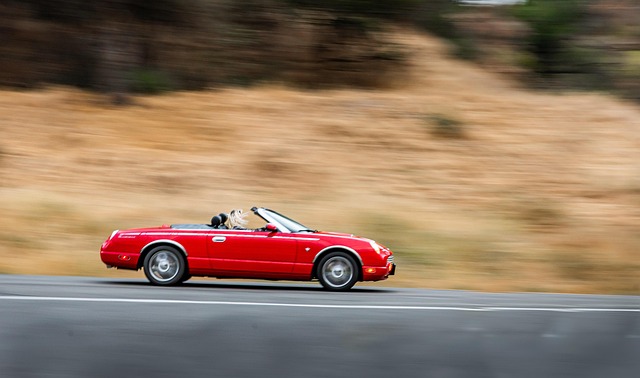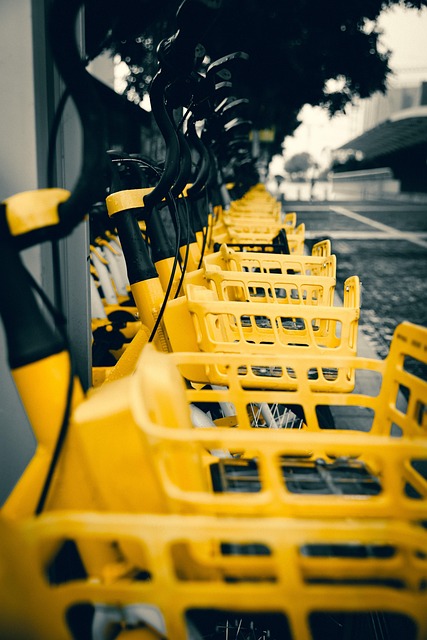Bumper repair kits offer DIY convenience for minor dents and scratches, but have limitations in achieving exact color matches due to complex paint processes. While suitable for shallow damage, kits are not recommended for severe aesthetic or structural issues, as professional collision repair shops deliver superior results. To achieve a flawless finish with a kit, gently sand the damaged area, use automotive primer and accurately match paint colors with samples or store services. Apply thin coats of paint with patience to avoid brush strokes, achieving professional-grade repairs with practice.
A bumper repair kit is a DIYer’s friend, offering an efficient solution for common bumper damage. However, it’s essential to understand its limitations—especially when it comes to paint matching. While kits provide the tools for repair, achieving a perfect color match often requires additional effort and skills. This article explores the process of painting after a bumper repair, providing insights into the art of paint matching and offering a DIY guide to ensure your repairs are both functional and aesthetically satisfying.
- Understanding Bumper Repair Kits: What They Offer and Limitations
- The Art of Paint Matching: Why It's Often a Separate Process
- Tips for Effective Bumper Repairs: Do-It-Yourself Guide
Understanding Bumper Repair Kits: What They Offer and Limitations
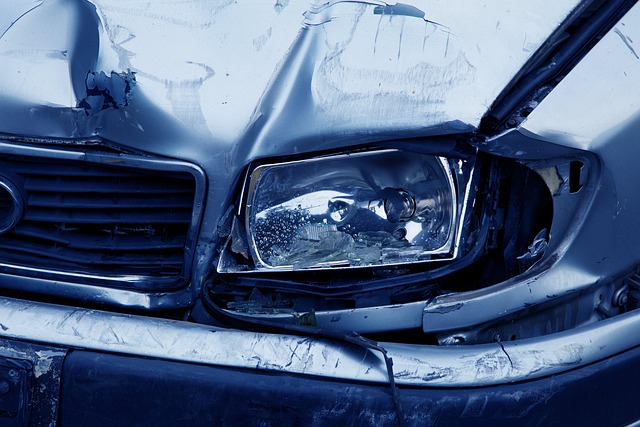
Bumper repair kits are a do-it-yourself solution for minor bumper dents and dings. They offer convenience, cost-effectiveness, and the potential to save time by allowing car owners to perform repairs at home or on the side of the road. However, these kits have limitations. One significant limitation is their inability to match the exact color and finish of your vehicle’s auto body painting. While kits may come with paint that closely resembles your bumper’s original shade, achieving a perfect match can be challenging for non-professionals.
Additionally, collision repair shops often provide better results when it comes to both aesthetics and structural integrity. Bumper repair kits are best suited for subtle, shallow dents or scratches where a visually perfect finish is not critical. For more severe car damage repair, such as deep dents or extensive paint damage, a trip to the shop is recommended to ensure proper collision repair and restore your vehicle’s pre-accident condition.
The Art of Paint Matching: Why It's Often a Separate Process
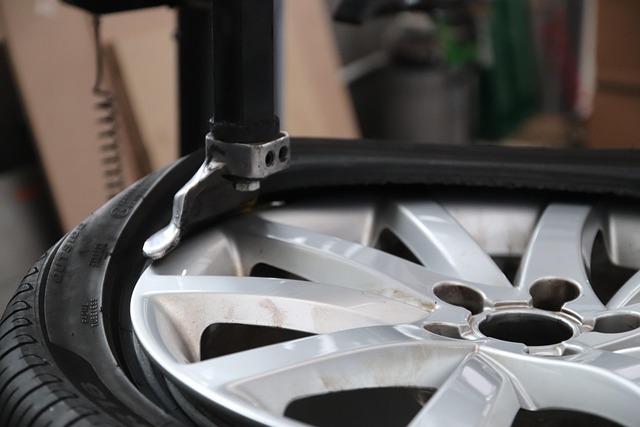
In many instances, when repairing a bumper with a kit designed specifically for this purpose, achieving perfect paint matching isn’t as straightforward as applying the new section. This is because the art of paint matching involves a complex process that requires specialized skills and tools. While a bumper repair kit provides the necessary components to fix the physical damage, getting the paint to blend seamlessly with the existing finish on your vehicle body can be challenging.
The challenge lies in mimicking the original paint code precisely, considering factors like the type of paint used, its age, and environmental exposure. Auto body repair professionals often use advanced techniques and equipment, such as color scanners and custom mixing tools, to ensure an exact match. This meticulous approach is crucial when aiming for a professional finish that seamlessly integrates the repaired section with the rest of the vehicle’s body, whether it’s in a busy vehicle body shop or during DIY auto repair services.
Tips for Effective Bumper Repairs: Do-It-Yourself Guide
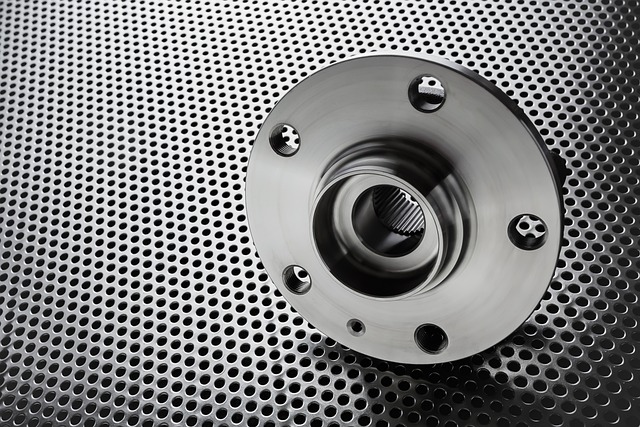
When repairing your bumper with a kit, one of the most important steps—and often overlooked—is paint matching. While the kit might include repairs and replacements, achieving a seamless finish requires separate attention to the paint. Start by sanding down the damaged area gently to create a smooth surface. This process helps the new paint adhere better. Next, use a primer specifically designed for automotive paint, allowing it to dry completely. The key is to match the paint color precisely; you can do this by taking a small sample from the bumper and comparing it to your car’s original paint. Many local auto parts stores offer color-matching services or have machines that can analyze and mix paint to match exactly.
For an even finish, apply multiple thin coats of paint, allowing each layer to dry between applications. This method ensures no visible brush strokes and a professional-looking repair. Remember, patience is crucial in bumper repairs; take your time to get the details right, especially when matching paint. With practice, you’ll be able to achieve Mercedes-Benz repair quality results or even better, making your vehicle collision repair process more manageable with a DIY approach.
While a bumper repair kit offers a convenient solution for minor bumps and scratches, achieving perfect paint matching may require additional effort. Often, a separate process involving specialized tools and expertise is needed to ensure a seamless finish. However, with the right DIY guide and some patience, you can effectively address smaller repairs yourself. Remember, when it comes to bumper repair kits, understanding both their capabilities and limitations is key to achieving the best results.


